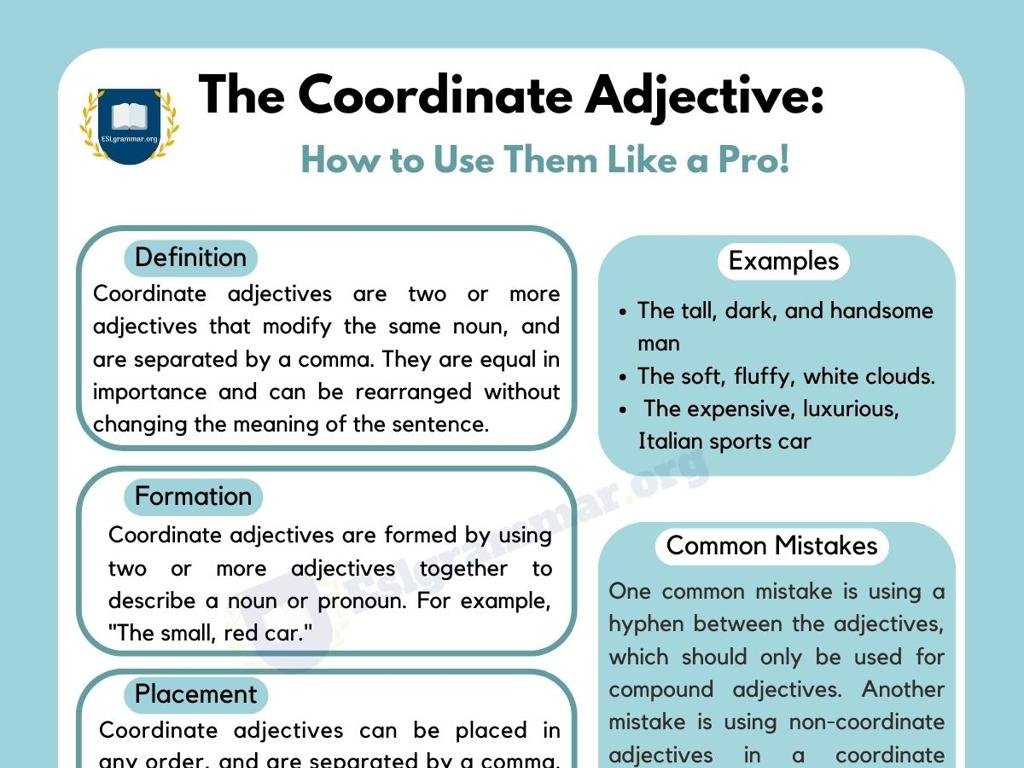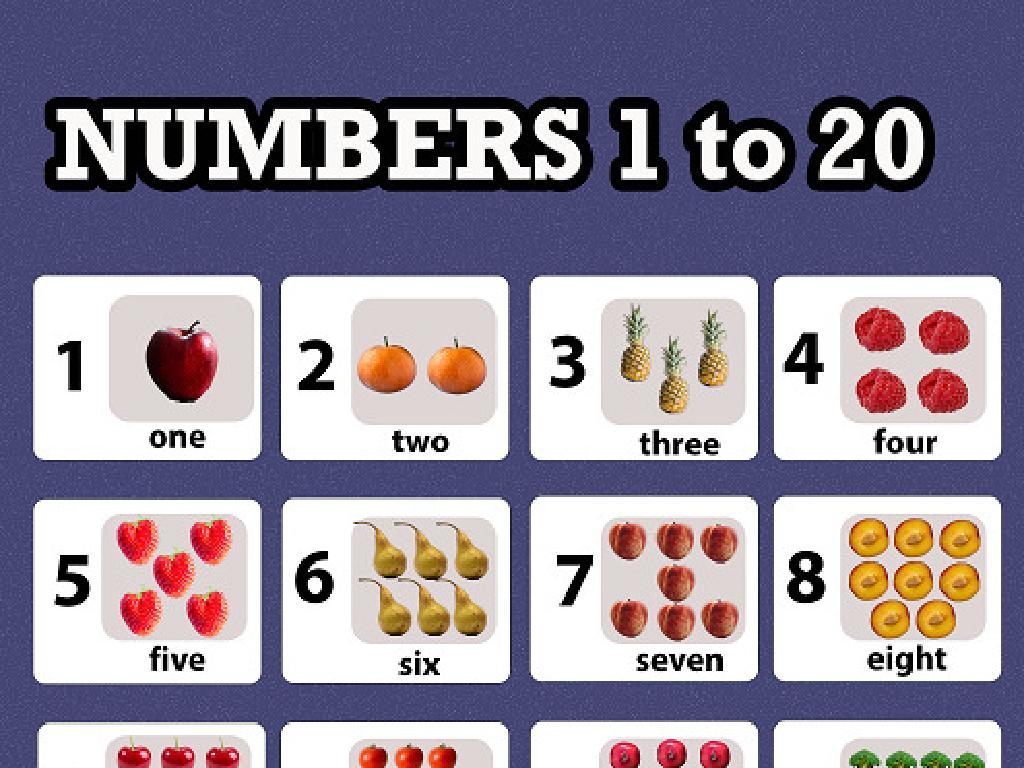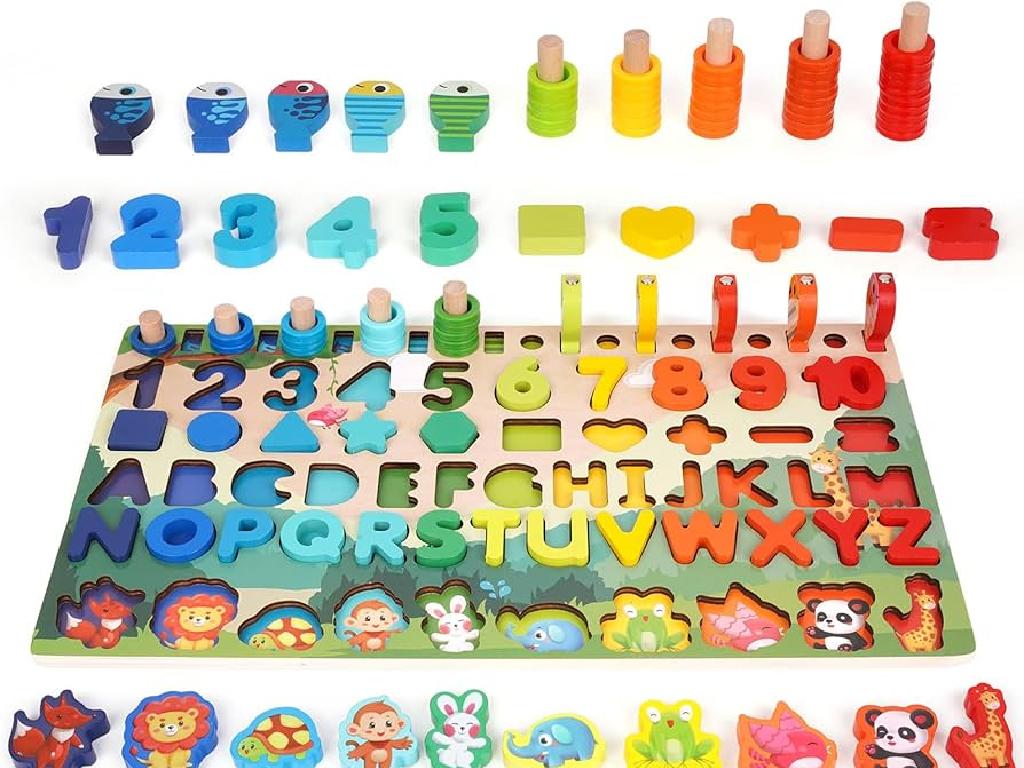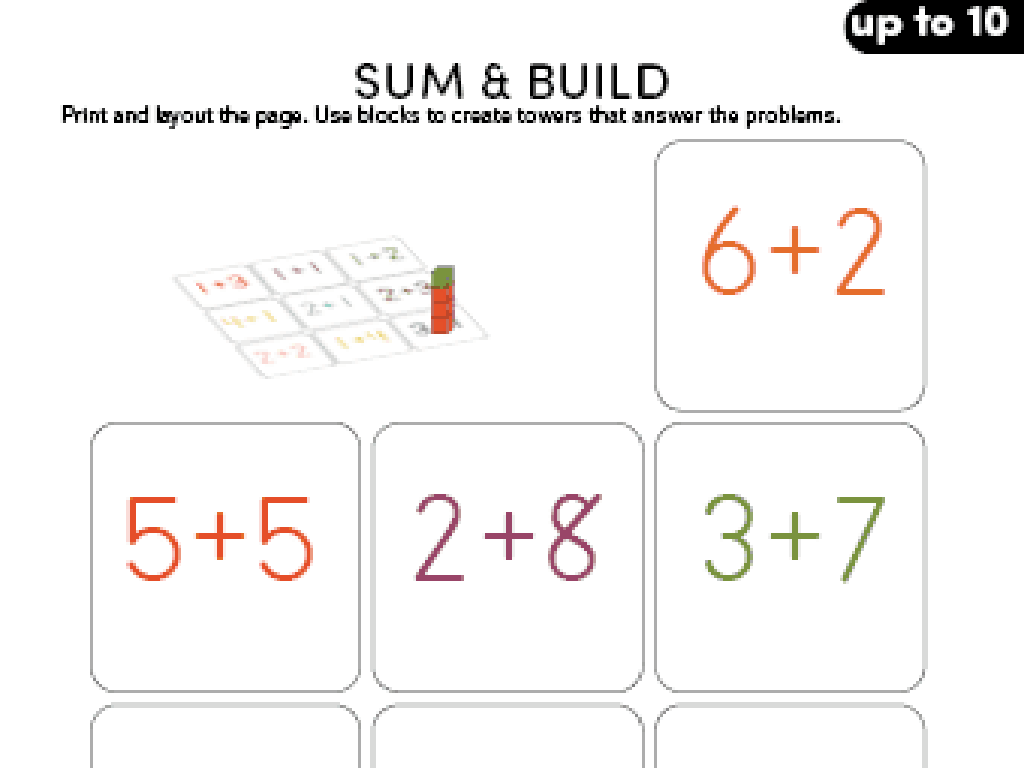Find The Long O Word
Subject: Language arts
Grade: Kindergarten
Topic: Long Vowels
Please LOG IN to download the presentation. Access is available to registered users only.
View More Content
Exploring the Long ‘O’ Sound
– Greet the class with enthusiasm
– Introduce the long ‘O’ sound
– It’s like the ‘O’ in ‘go’ or ‘home’
– Ask for examples from students
– Encourage students to think of words
– Listen and praise contributions
|
Begin the class with a warm and energetic greeting to capture the students’ attention. Introduce the concept of the long ‘O’ sound by comparing it to familiar words such as ‘go’ or ‘home’. Engage the students by asking them to come up with their own examples of words that contain the long ‘O’ sound. This will help them connect the concept to their existing vocabulary. As students offer their examples, listen carefully and praise their efforts to reinforce their participation and build confidence. The goal is to create an interactive and supportive environment where students feel comfortable exploring new sounds and words.
Exploring the Long ‘O’ Sound
– What is a Long ‘O’?
– It’s the ‘O’ sound in ‘go’ and ‘no’
– Long ‘O’ says its name
– When ‘O’ sounds like ‘oh’
– Examples: ‘go’, ‘no’, ‘so’
– Words that have the long ‘O’ sound
– Practice saying the words together
– Let’s say them as a group and listen to the sound
|
Introduce the concept of the long ‘O’ sound by comparing it to the letter ‘O’ in the alphabet, emphasizing that it sounds like its name, ‘oh’. Use simple, familiar words such as ‘go’, ‘no’, and ‘so’ to illustrate the sound. Engage the class by saying these words together, ensuring they understand the sound by repetition. Encourage the students to listen to the vowel sound and recognize how it is different from the short ‘O’ sound. This activity will help them in identifying the long ‘O’ sound in other words they encounter.
Listening for Long ‘O’
– We’re playing a listening game
– Listen for the long ‘O’ sound
– The long ‘O’ sounds like ‘oh’
– I’ll say words out loud
– Tell me which have long ‘O’
– Examples: ‘boat’, ‘rose’. Not ‘cat’
|
This slide is for a classroom listening activity focused on identifying the long ‘O’ sound. Start by explaining the rules of the game and make sure the children are clear on what the long ‘O’ sound is. Demonstrate the sound for them. Say the words ‘boat’, ‘cat’, and ‘rose’ clearly and ask the students to respond which words contain the long ‘O’ sound. Encourage them to listen carefully and repeat the words after you. This activity helps students distinguish between long and short vowel sounds in a fun and interactive way. For the teacher: Be prepared with a list of words that include the long ‘O’ sound and some that don’t to ensure a varied and engaging activity. Praise the students for correct answers and gently correct the wrong ones.
Detective Time: Finding Long ‘O’ Words
– Be word detectives for long ‘O’
– Look at pictures for clues
– I’ll show you different pictures, and you guess the word
– Tell me which have long ‘O’ sound
– Does ‘frog’ or ‘cone’ have the long ‘O’ sound?
– Practice with examples
– ‘Cone’ has a long ‘O’ sound, but ‘frog’ does not
|
This slide is designed to engage Kindergarten students in an interactive activity to identify words with the long ‘O’ sound. Show them a variety of pictures and ask them to guess the word represented by each image. Encourage them to say the words out loud and listen for the long ‘O’ sound. Use the example of ‘frog’ and ‘cone’ to demonstrate the difference between a short ‘O’ sound and a long ‘O’ sound. Provide immediate feedback and praise for correct answers to reinforce learning. For the activity, consider using pictures of a boat, nose, and home, which all contain the long ‘O’ sound, and contrast with pictures like ‘dog’ or ‘fox’ that do not. This will help students differentiate between the sounds.
Long ‘O’ Matching Game
– Match words to correct pictures
– Find the long ‘O’ in each word
– Words like ‘go’, ‘no’, and ‘so’ have the long ‘O’ sound
– ‘Toad’, ‘block’, ‘snow’ – find matches
– Look for the picture of a toad, a block of snow
– Show me your matching skills!
|
This slide introduces a matching game to help Kindergarten students recognize the long ‘O’ sound in words. Display pictures that correspond to the words ‘toad’, ‘block’, and ‘snow’. Guide the students to say each word aloud and listen for the long ‘O’ sound. Then, have them match the word to the correct picture. This activity will reinforce their phonics skills and understanding of vowel sounds. For the teacher: Prepare clear images that represent each word and ensure they are easily identifiable by the students. Encourage the children to explain why they matched the word to the picture to confirm their understanding.
Practice Time: Writing Long ‘O’ Words
– Write words with long ‘O’
– I’ll show a word, you write it
– Let’s write ‘nose’, ‘home’, ‘stone’
– Examples: nose (like on your face), home (where you live), stone (you find on the ground)
– Say the words while writing
– Hearing the long ‘O’ sound helps remember it
|
This slide is for a writing activity to help students practice the long ‘O’ sound in words. Show the word on the board clearly and give the students time to write it down on their paper. Encourage them to say the words aloud as they write to reinforce the pronunciation of the long ‘O’. Monitor the class as they write and offer help as needed. After writing, you can ask the students to draw a picture of each word to further cement their understanding. This activity will help with their spelling and phonetic skills. For variation, consider having students come up to the board to write the words, or use magnetic letters to build the words.
Sing Along: The Long ‘O’ Sound
– We’ll sing a fun ‘O’ sound song
– Learn how the long ‘O’ sounds
– The long ‘O’ sounds like ‘oh’ as in ‘go’ or ‘snow’
– Sing to ‘Old MacDonald’ tune
– Follow along and sing with me
– I’ll lead, and you repeat after me!
|
This slide is designed to engage Kindergarten students in learning the long ‘O’ sound through a familiar tune, ‘Old MacDonald Had a Farm’. The activity will help them recognize and memorize the sound in a fun and interactive way. Before starting the song, demonstrate the long ‘O’ sound clearly and ensure the children are ready to follow. As you sing, emphasize the long ‘O’ sound and encourage the children to listen and repeat. You can use hand motions or visual aids to help them associate the sound with the action. After the song, ask the children to think of other words with the long ‘O’ sound and share them with the class.
Class Activity: Long ‘O’ Word Hunt
– Explore the classroom for long ‘O’ words
– Find objects or pictures with long ‘O’
– Look for ‘O’ as in ‘nose’ or ‘boat’
– Share your findings with the class
– Listen to friends’ long ‘O’ words
– We learn from each other’s discoveries
|
This interactive activity is designed to help Kindergarten students recognize and understand the long ‘O’ sound in words. Encourage the children to walk around the classroom and search for items that contain the long ‘O’ sound. They can look for objects like a ‘bone’ or ‘cone’, or even pictures that represent words with the long ‘O’ sound. Once they find an item, they should return to their spot and wait for their turn to share with the class. As each child shares, it reinforces their understanding and provides listening practice. For the teacher, prepare a list of items available in the classroom that contain the long ‘O’ sound to ensure a successful hunt. Also, consider having images or flashcards as a backup in case some students have difficulty finding items. This activity promotes active participation, listening skills, and phonetic awareness.
Review and Goodbye: Long ‘O’ Words
– Recap on long ‘O’ sound
– Remember, long ‘O’ sounds like ‘Oh’
– Share new long ‘O’ words
– Who discovered a word like ‘nose’?
– Praise for today’s learning
– Excitement for next lesson
– More vowel adventures await!
|
This slide is meant to wrap up the lesson on the long ‘O’ sound. Start by recapping the sound and characteristics of the long ‘O’. Ask the students to volunteer words they’ve learned that include the long ‘O’ sound, reinforcing their understanding through repetition and recall. Offer praise to acknowledge their hard work and progress in today’s lesson, fostering a positive learning environment. Finally, build anticipation for the next lesson to keep them excited about learning more about vowels. This positive reinforcement and anticipation for future learning will help maintain their interest in the subject matter.






